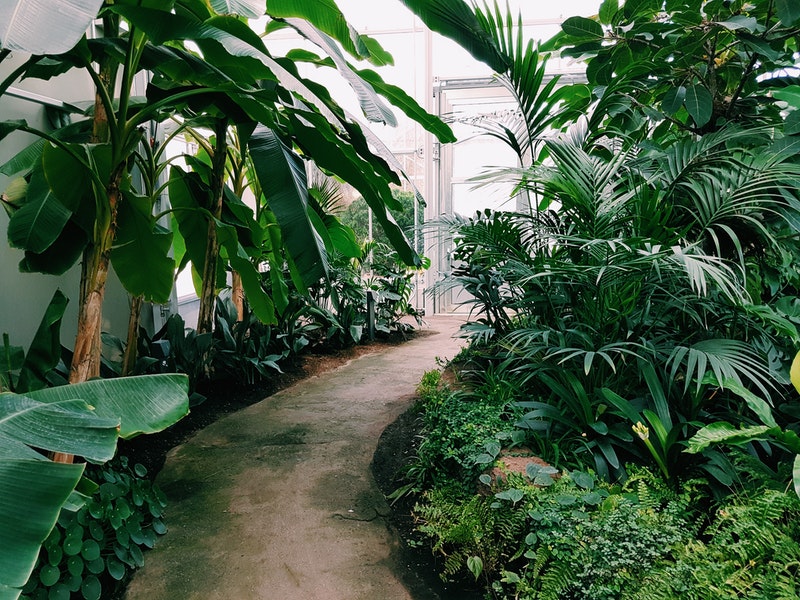Sewage treatment plants are a great addition to every domestic or commercial space as they make the property more sustainable.
Since any type of waste produced releases a harmful effluent that can prove detrimental to both the environment and humans, disposing it off properly is essential. However, with so many myths surrounding a sewage treatment plant, people may often get confused about the right thing to do.
Due to a lack of information, people may wonder about things like ‘do plants help with noise reduction’ or ‘are odours synonymous with a treatment plant’. If you have your own set of doubts and own a sewage treatment plant, we’ve got you covered.
We’ve compiled a list of basic do’s and don’ts of sewage treatment plants that everyone needs to keep in mind.
Let’s take a look!
The Do’s of Sewage Treatment Plant
A treatment plant is a good addition to every premise as it helps turn the waste produced into something more environmentally friendly. However, as an owner, there are a few things you need to keep in mind.
1. Check The Power Supply
The power / electrical supply to the plant is essential for efficient performance. If the supply is not proper, this can affect the functioning of the entire plant. Additionally, to avoid any damage due to a lack of power supply, routine checks can ensure your plant is working properly.
2. Check Aeration Patterns and Function of Air Pump
Since aeration in the plant kicks off the oxidation process and helps reduce ammonia levels, check for the aeration pattern to understand if the plant is working properly.
Along with this, also make sure to check the air pump to see if the filters are free of any obstructions to avoid any inefficiencies from occurring.
3. Keep Yourself Informed Of The Cleaning Process
A sewage system does not require much interference from your end aside from perhaps an upgrade that would help deal with sewage treatment plant noise reduction. However, this does not mean that you neglect cleaning and maintaining the system.
From the manufacturer recommended cleaning products to desludging the plant whenever required, make sure that you’re doing whatever you can to keep your treatment plant in good condition.
The Don’ts of Sewage Treatment Plant
Now that you know the right way to take care of your plant, here’s a list of things you should avoid at all costs to keep the system in good working order.
1. Don’t Throw Plastic Or Any Similar Waste Down The Toilet
Things like cotton wool, sanitary napkins and other similar products can clog the pipes and may end up affecting your sewage treatment plant. To avoid this from happening, always make sure to have a separate bin to safely dispose of these types of wastes.
Make sure to inform everyone on the property the same and to avoid disposing of any personal waste such as this to keep your drainage and sewage treatment plant in good condition.
2. Avoid Using Neat Disinfectant Or Bleach
Neat disinfectant or bleach has the potential to restrict biomass growth on the planet. If required, make sure to use the product as restricted as you can to avoid strong chemicals from entering the system.
You can try to find more environmentally friendly alternatives for this to do your part for the environment and with so many products available in the market, this job will be easy.
3. Don’t Let Water Collect Into The Plant
Whether it is rainwater, groundwater or any other type of cleaning water, avoid letting any of these accumulate on your plant. Since these may contain traces of chlorine that kill the bacteria in the plant, they must be avoided at all costs.
Every treatment plant owner needs to be extra careful of this as the bacteria is essential in breaking down the harmful waste, without which the effluent will remain toxic.
To Sum Up about Sewage Treatment Plant
A sewage treatment plant is without a doubt a good addition to every property. However, due to the lack of information for the same, it may confuse owners about which method is right and what should be avoided during maintenance and general upkeep of the plant.
While this article covers a few basic do’s and don’ts of sewage treatment plants, they’re essential in ensuring that the system continues to work well several years down the line.




